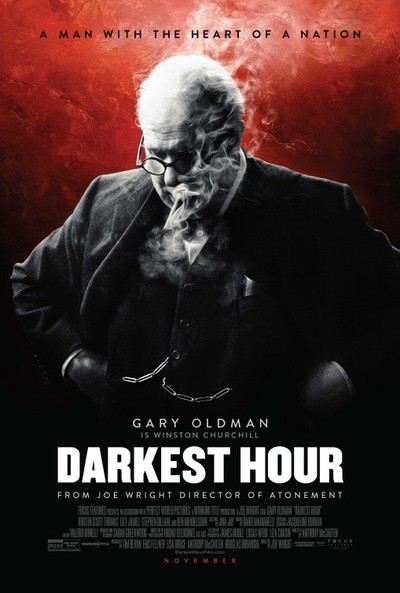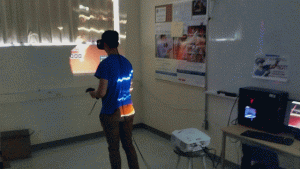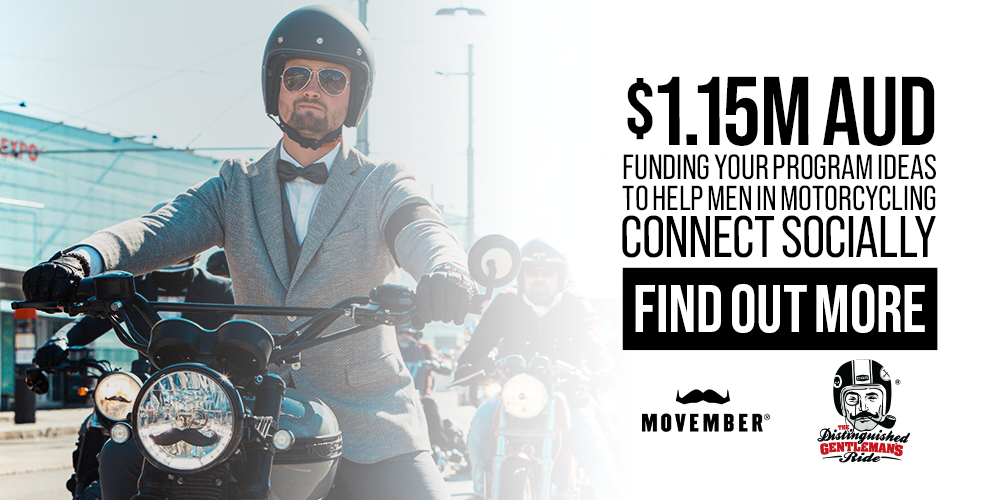 Recently a friend on Facebook shared this Washington Post article about Winston Churchill. I tend to shy away from hero worship, it isn’t really in me to do, but I am motivated to try and address one of our last blind spots when it comes to prejudice.
Recently a friend on Facebook shared this Washington Post article about Winston Churchill. I tend to shy away from hero worship, it isn’t really in me to do, but I am motivated to try and address one of our last blind spots when it comes to prejudice.
I’ve seen people time and again criticize those who lived before them as being immoral and somehow answerable to the laughable ethics of our own time. That article on Churchill, a man who lived at the end of the British Empire and spent much of his career trying to hold the tattered pieces of it together, often using the same kind of bombastic rhetoric you still see today, is no doubt accurate, but the re-defining of statements made over a century ago based on modern values is neither fair nor particularly useful, unless you’re a politician trying to win a point.
There is a real danger in interpreting historical people from a modern perspective. We are all creatures of our time – it dictates our thinking more than our culture, language or economic status does. To criticize someone for a lack of understanding at a time when it didn’t exist is itself a kind of prejudice. A fairer way to judge them would be to consider if they helped move us toward the clarity of thought we think we enjoy today.
This first became obvious to me when a history professor told us the story of his father coming back to university as a retiree. The man was well into his eighties and he thought it would be fun to take early Twentieth Century history since he’d lived through it. He quickly became so despondent with the course that he dropped it. The young students in the class ripped into what they called the rampant racism of the time. He tried to explain to them that racism wasn’t rampant, it was how society functioned back then, but they didn’t want to hear it. It’s hard to understand his point unless you’re aware of just how blinkered you are in your own time. Most people are happily ignorant of these prejudices.
Everyone, as they get older, must experience this strange kind of temporal emigration. We all move away from the values we grew up in. I suspect it’s one of the things that wears out seniors the most, society moves on without you. Newer people change the rules and things change (hopefully for the better, but there is certainly no guarantee of that). I imagine most aging people feel like the world has become a foreign place to them.
Based on the myths Western society is founded on, you’d assume that this is a case of continual improvement with us becoming the shining zenith of civilization, but human history suggests otherwise. We have moments of rationality that become eclipsed by our own darker nature. When that happens you’d better hope there is a Winston Churchill to fend off the Nazis of the world. There are racist imperialists and there are racist imperialists – had the other guy won, the definition of racist imperialist would have ascended to new heights. Starving people in India to feed soldiers during a war is a very different thing to active genocide, which is what you’d have had with Axis occupied India.
There are a number of points made in that article that, while true, ignore the circumstances they were made in. Dresden fire bombings are described as an unmitigated act of terror. In retrospect the Allies won World War 2, but this was by no means a certain outcome. In an all-out war with both sides intent on the complete subjugation of the other, the Allied firebombings not only severely affected the German war machine’s means of production, but it also struck fear into an enemy drunk on its own sense of superiority. You don’t win wars by pulling punches. Was Churchill an imperialist? No doubt, and he shared the racist views of his culture and time period, but to rewrite history to suit your own values without recognizing that cultural influence is itself a kind of prejudice.
We go to great lengths to acknowledge history these days, and I think that’s an admirable thing, but we are still blind to so many circumstances. The recent Oscar ceremony was doing back-flips to acknowledge the rampant racism and sexism implicit in the business, but then proceeded to give a standing ovation to an American soldier who proudly stated that he went to a country half way around the world (Vietnam) to kill the people there for not capitulating with his government. Imperialism is alive and well and we dress up celebrities in fancy dress to give it standing ovations and world wide TV coverage. I wonder what the people of Vietnam thought of that magical Oscar moment. Perhaps all we’ve done in our post-colonial world is hide it behind rhetoric and politics better than we did in the past.
There is something to be said for the clarity of purpose and honesty with which people used to go about the business of empire. At least back then you knew what people stood for. In Canada this looked like outright oppression, religious indoctrination in residential schools and overt colonization. Today all that is hidden behind a quiet racism and just enough prosaic government support to make the people it’s supposed to be helping helpless. In 150 years it might be said that all we’ve gotten better at is the management of colonialism. While all that’s going on we’re removing John A. MacDonald from that embarrassing historical record. At this rate we’ll have history scrubbed clean with our revisionism in no time. Don’t worry though – the racism and cultural inequalities will stay safe and warm under that revisionist blanket.
We often sit up here in the 21st Century criticizing the shortsightedness of the people before us. I wonder what our descendants, looking at us sitting on our high horses while appearing blissfully ignorant about our hypocrisy, will say about us.
We’re burning a hole in the world with fossil fuels, industrial farming the earth into a desert to feed a never ending population explosion, wearing clothes made by third world workers in economic slavery (itself based on the remnants of colonialism), creating the worst economic disparity in human history and proudly supporting martial force when it suits us, which usually means when we need what they have. The only difference between imperialism a century ago and imperialism now is the marketing we put on it. We used to be honest about our imperialist intentions, now we tell everyone we’re exporting freedom.
We’re all blind to the things our time period is unwilling or unable to address. This is as true for Churchill as it is for Mr Tharoor. A good dose of humility is what we need here, not more rhetoric by a politician. A bit more awareness of circumstance and compassion for historical circumstance might also translate into a less judgmental view of our own elderly. Trying to understand someone from a different culture is something we say we value. Recognizing that people from other time periods are essentially from a different culture as well might make us a bit more aware of our own hypocrisy.
Originally published on Dusty World: http://ift.tt/2DndopC
via IFTTT
I spent Saturday morning in the next town over demonstrating virtual reality systems at our board’s Digital Saturday. We had a line up the whole time and put dozens of kids through their first VR experience. You get to see their first moments when they realize just how immersive this technology is, and then you get the follow up when they start thinking through the implications of what they just tried. The next ten years aren’t going to be like the last ten years.
While at the recent ECOO conference I gave the Microsoft Hololens a try and was surprised at how effective it was for an engineering sample. It isn’t a full virtual device like the Vive or the Oculus, instead it inserts digital information into the world in front of you as augmented reality. Only the user could see a ballerina dancing on the conference floor or digital information like distance and size overlaid on real objects. The resolution is surprisingly good and the fact that it’s wireless (battery powered and wifi) is totally next level. This experience suggests that fully immersive virtual reality and augmented reality might start to move off in separate directions in the future. The Hololens doesn’t send you elsewhere like the Vive and Oculus do.



-MOTION.gif)













